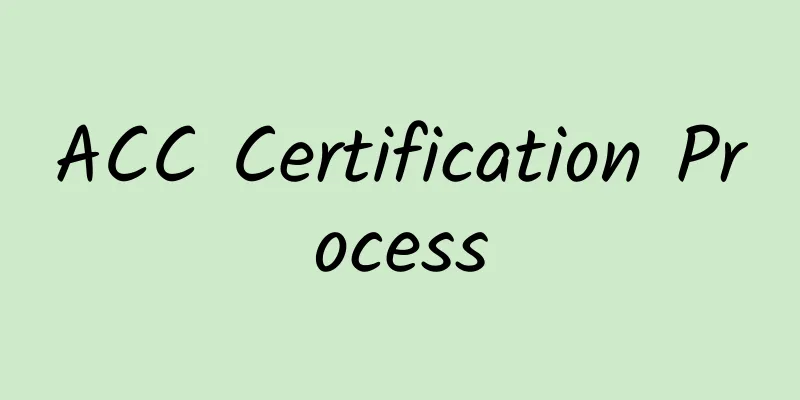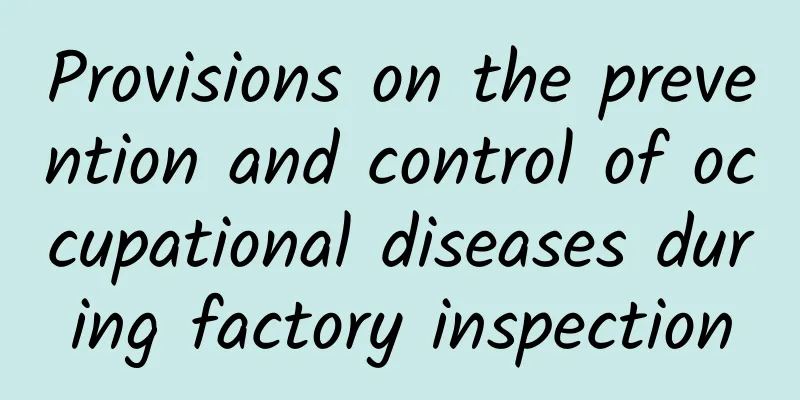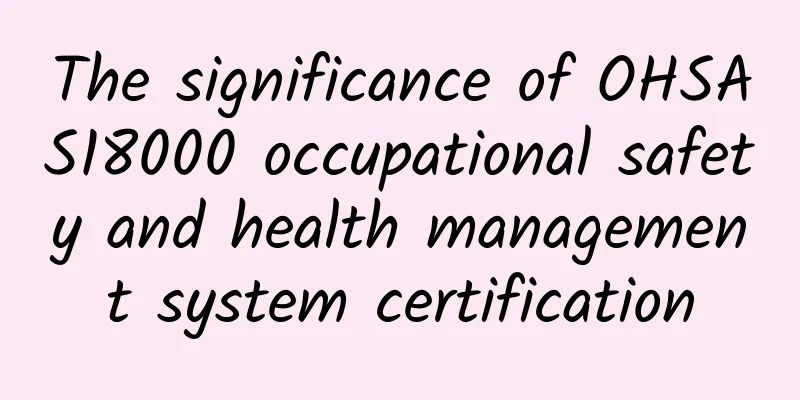ACC Certification Process

|
self assessment Applicants are required to conduct a self-assessment against the criteria in preparation for the external assessment. Evaluate After completing the self-assessment and correcting the non-conformities found, if the company is satisfied, it can start the next step of certification. Registration can only be successful after an independent assessment by a certification body recognized by ACC shows that the applicant complies with this standard. The certification body must be approved by ACC and accredited to EN45011 / ISO/IEC Guide 65:1996 (General Requirements for Operating Product Certification Systems) by a certification body that is a member of the International Certification Forum. The selected certification body will sign a contract with the applicant and the certification body detailing the requirements and obligations that the applicant needs to fulfill. ACC will maintain a list of audited certification bodies. Evaluation frequency The frequency of certification assessments is set by the ACC committee and is determined based on the manufacturer's consistent compliance with this standard. Generally speaking, the review frequency is once a year and the duration is usually 2 days. The ACC committee will send out a few short notices about the review. Evaluation duration The duration of the assessment is usually two days, depending on a number of factors, but in all cases it is important to ensure that the assessment is carried out as required. The ACC committee insists that certification bodies conduct their assessments accurately within the assessment period. Furthermore, certification bodies must ensure that the assessment time is reasonably realistic and does not overly constrain the auditor or the auditee. Certification bodies should note that the assessment is a systematic review and an on-site inspection of the site and production processes. The time allocated for each activity during the assessment should be reasonable and appropriate, and if the auditor requires further investigation, appropriate and reasonable time should be given. The assessment consists of five elements: First meeting On-site evaluation Collection of necessary samples l Review of management systems/files and procedures Closing meeting The auditor should issue a formal evaluation report. During the assessment, auditors should record any nonconformities they find, such as: Serious non-compliance - serious violation of food safety regulations or legal issues, and the integrity of the project plan is at risk The auditor shall immediately notify the Director of the Certification Body, who shall immediately inform the ACC Committee to immediately suspend the audit pending clarification of these issues. Major non-compliance - if a large number of items do not meet the requirements of the statement of intent and do not meet the mandatory provisions of the guidelines, but there is no food safety risk or direct risk to the project plan (general policy) The auditor will record these issues in the reporting form and report the details to the director of the certification body. The corrective action plan should be submitted to the certification body within 28 days of the assessment. Minor nonconformity - Failure to demonstrate full compliance with the declared intent and mandatory provisions (general housekeeping). A plan for the implementation of corrective actions should be submitted to the certification body within 28 days of the assessment. Auditors should allocate sufficient time to ensure that there is adequate time for system review, site and production process inspection. At the closing meeting, the auditor should present the findings and discuss the nonconformities found during the assessment, but should not comment on the possible outcomes of the assessment. A written summary of the nonconformities discussed at the closing meeting should be prepared at the closing meeting or within 48 hours of completion of the evaluation. The applicant shall provide the certification body with sufficient evidence within 28 days to show that they have terminated the non-conformities found during the audit. If the non-compliance is not resolved within the specified period, certification will not be granted or the certification qualification will not be retained. The assessment report should include a record of the duration of the assessment (expressed in hours). Any reasons for extending or shortening the specified assessment duration should be stated in the report. Audit Report The auditor shall issue a complete evaluation report. The auditor submits the evaluation report to the certification body. The evaluation report should be issued in the format specified by the ACC Committee and should provide all information about the evaluation. The evaluation report should be issued in accordance with the ACC Reporting Guidelines. Generally, the report should be prepared and issued to the applicant within 42 days after the assessment date, but it may be prepared and issued within 28 days after the assessment date. The report should be issued regardless of whether certification is granted. The applicant who commissions the assessment owns the assessment report. However, the applicant should sign a contract with the certification body to authorize it to provide the report to the ACC Committee. The detailed part of the assessment report should be disclosed in English in a public text format, expressing opinions on matters that have met the standards, especially those that have been significantly improved, and should also annotate the objective evidence cited for non-conformities. The Certification Committee within the certification body will review the evaluation report. Certification If the certification is approved, the certificate shall be issued within 42 days after the assessment date. If the certificate cannot be issued within the above period, the certification body shall notify the applicant in writing and inform the specific time of issuance of the certificate and the reason for the extension. The certification certificate is the property of the certification body, which shall properly manage and control the status of the certificate. If the non-conformities have not been resolved, the initial certification (the first certification of the audited unit) certificate will not be granted. If there is sufficient evidence that the applicant meets the standards of the criteria, its continued certification status will be retained. According to the relevant criteria, the applicant must confirm that any non-conformities have been corrected within the specified time. Complaints The applicant has the right to appeal against the certification decision made by the certification body. The applicant shall submit a written appeal within seven days from the date on which the certification body makes the certification decision. |
<<: Brief Introduction to BAP Standards Established by GAA
>>: ACC Processing Plant Process Water/Ice Requirements
Recommend
Anti-terrorism factory certification, safe transportation management and production factory security guidelines
Safe Transportation Management: 1. Strengthen the...
Craigslist - "The Big Free Classifieds Site"
Craigslist is a large-scale free classified adver...
Shopify Experience Tips Part 2, Shopify Sellers, Please Read This
What should a novice Shopify seller do when openi...
What is PrestaShop? What are the features of PrestaShop?
PrestaShop is a full-featured, cross-platform, fr...
What is Hello Fax? How to use Hello Fax
What is Hello Fax? Hello Fax is a free fax servic...
eBay product image requirements, eBay image posting steps
Take and create photos of items and understand ph...
How do small sellers choose cross-border e-commerce platforms such as Amazon, AliExpress and eBay?
Today we invited a seller to analyze how to choos...
How are the advertising fees for eBay Promoted Listings calculated?
The fees for eBay accounts can be summarized into...
What is a Request for Proposal (RFP)? What are the requirements for writing an RFP?
What is a Request for Proposal (RFP)? A request f...
Warning signs required for BSCI factory inspection-Warning signs for hazardous chemicals
Warning signs required for BSCI factory audit: ch...
How to register on the American shopping website eBay?
The main market of eBay e-commerce giant is the E...
eBay personal store opening process and precautions
A reader asked me, what is the process of opening...
About A&F
A&F (Abercrombie & Fitch) Brand Introduct...
What are the 6 processes of the eBay platform?
There are 6 essential processes on the eBay platf...
GRS factory audit checklist quality documents
GRS factory inspection quality documents: Documen...









